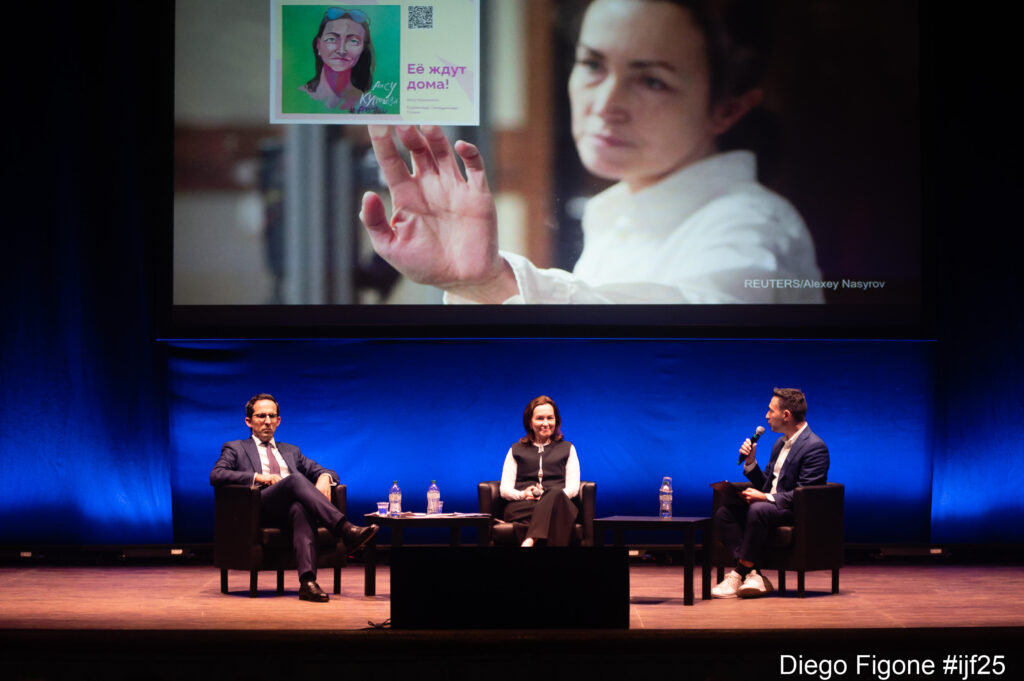
It’s no understatement to say that the survival of independent media and democracy is on the line. In light of recent events, I was unsure as to what the mood would be going into this year’s International Journalism Festival in Perugia, a key calendar moment where those invested in the future of the profession come together.
Recent foreign aid cuts have put global newsrooms in jeopardy and an increasing number of countries are autocratising, with leaders attacking a free press from every angle. We’re seeing targeted disinformation campaigns, restrictive laws, harassment, imprisonment, and psychological abuse, which are used to discredit, intimidate and silence journalists.
Yet in spite of this, remarkable solidarity and resilience were demonstrated across the festival’s panels, meetings and sideline conversations that have left me both inspired and energised. Here are my five key takeaways:
1. Journalists are up for the fight to defend accurate, fact-based journalism and the public’s right to know.
Branko Brkic, founder of Project Kontinuum, defiantly declared that now “is the best time to be a journalist. These are the times where we show what we are made of.” And there was no shortage of powerful examples of this across the three days.
Karen Kaiser, Senior VP and General Counsel at The Associated Press (AP), spoke about how the agency’s decision to sue three Trump administration officials just weeks into the President’s second term “was not about the naming of a body of water” but “for freedom of speech…and whether the government has a right to decide what words we use in our reporting and the right not to be retaliated against for using those words.” She powerfully summarised, “We sued for those principles, for AP, for the industry, and for the public’s right to know.” Last week’s legal ruling that lifted White House restrictions on the AP is a powerful reminder that the law can be a powerful tool to defend press freedom.
We also heard powerful testimonies from individuals who are taking significant risks to speak truth to power. Exiled journalists from countries including Azerbaijan, Russia, Nicaragua and Burundi spoke of digital transnational repression – which includes censorship, hacking, online harassment, trolling, and the removal of their sites – yet remained resolute to keep fighting against propaganda and information control in their home countries. Georgian journalists on the brink of exile drew attention to the growing threat of ‘foreign agent’ laws. Just a week before the festival, Georgia’s parliament passed a new Russian-style bill which is set to increase the detrimental repressions on independent media and civil society.
2. Instinct, insight and impact are the key to successful digital journalism in a saturated market.
Following the ‘podcast election’ in the US and the rise of news influencers globally, award winning journalist Sophia Smith Galer – whose news videos on TikTok and Instagram have been viewed by millions – told incoming Director of the Reuters Institute for the Study of Journalism Mitali Mukherjee and a packed room that she’d come up against disbelief that she was a journalist by people who assumed she was a TikTok content creator rather than part of the mainstream media.
Telling the audience not to be put off by algorithms that favour ‘rage bait’ rather than balanced and accurate news content, she urged more journalists to be the face of their work through vertical videos – given the uptick in video news consumption.
“Algorithms might try to force us to frame things in a way we’re not comfortable with. But lots of people like me take the strategies of content creation and marry them to journalistic values we deem to be sacrosanct,” she said.
Sophia summed up her approach as embedding the three ‘I’s’: instinct, insight and impact – into her work to frame her digital content. Instinct – bringing a journalistic investigative hunch to the story based on experience, insight – meticulously checking search data and understanding which audiences might be curious about a specific subject, and impact – bringing an understanding of how your piece of content can be distinctive and perform well against competitors in an online environment.
The need to reach audiences where they are, in the format they want, was echoed throughout the festival. Jillian Green, Editor-in-Chief of Daily Maverick, explained how digital innovation can make journalism more accessible. She gave the example of how during the 2024 South African elections, one of the newsroom’s most successful outputs was the gamification of the political parties’ manifestos.
This is of course not a silver bullet, with a Chinese exiled journalist advising not to be afraid to also “step back from online” when it comes to reaching and engaging audiences from exile, especially those in rural locations. One example that stuck with me was delivering printed materials and books to small communities. Whilst on-the-ground community building can be difficult to measure, it’s also harder for authoritarian states to shut down, and the impact can be long-lasting.
3. Most newsrooms aren’t harnessing AI’s competitive advantage. We need to learn how.
Much of our focus as a Foundation has been on the digital divide between newsrooms in the Global Majority countries and in the Global North. So, it was fascinating to learn of the challenges faced by mainstream news outlets, who are already on an advanced AI journey, in assessing the success of their latest AI tools.
I was particularly struck by Rubina Madan Fillion’s insights into how The New York Times evaluated the outputs of its AI newsletter summary tool which was tested using the same exercise given to prospective editors, with the results assessed by staff editors. Often, though, they couldn’t come to a consensus over why one line was ‘stronger’ than the other – or even distinguish between those that were AI-generated and those that weren’t. The process of evaluating a quality output, that is free from inaccuracies, harmful content, and irrelevance, takes a huge amount of time, effort, expertise and resource. As Tess Jeffers from The Wall Street Journal pointed out, these AI systems need continued monitoring and updating – and require new workflow processes and training.
However, these newsrooms are using AI not to diminish the role of journalists – who need to be front and centre of the process – but to augment their competitive advantage whilst maintaining their ethical and editorial standards.
The question is how we can prevent other newsrooms – who do not have access to the same resources but have the same critical truth-telling mission – from falling behind. This formed the basis of a conversation between my colleague, Heba Kandil, Head of Media Initiatives at the Foundation, our partner Noreen Gillespie, Journalism Director at Microsoft, and two newsroom leaders in South Africa who are participating in our AI adoption programme: Luke Feltham, Editor-in-Chief at the Mail & Guardian, and Susan Comrie from the amaBhungane Centre for Investigative Journalism. The discussion examined barriers to AI uptake for Global Majority media, including a lack of newsroom policies, trust in tools and cost.
Another important dimension to consider is our responsibility towards supporting exiled media to leverage AI in a responsible and ethical way. AI can be a key survival tool to help exiled outlets reach their audiences and function efficiently with limited resources. Yet, we must remember that they are forced to innovate with this technology under extremely pressured circumstances, often without the time or resources to develop guidelines or policies.
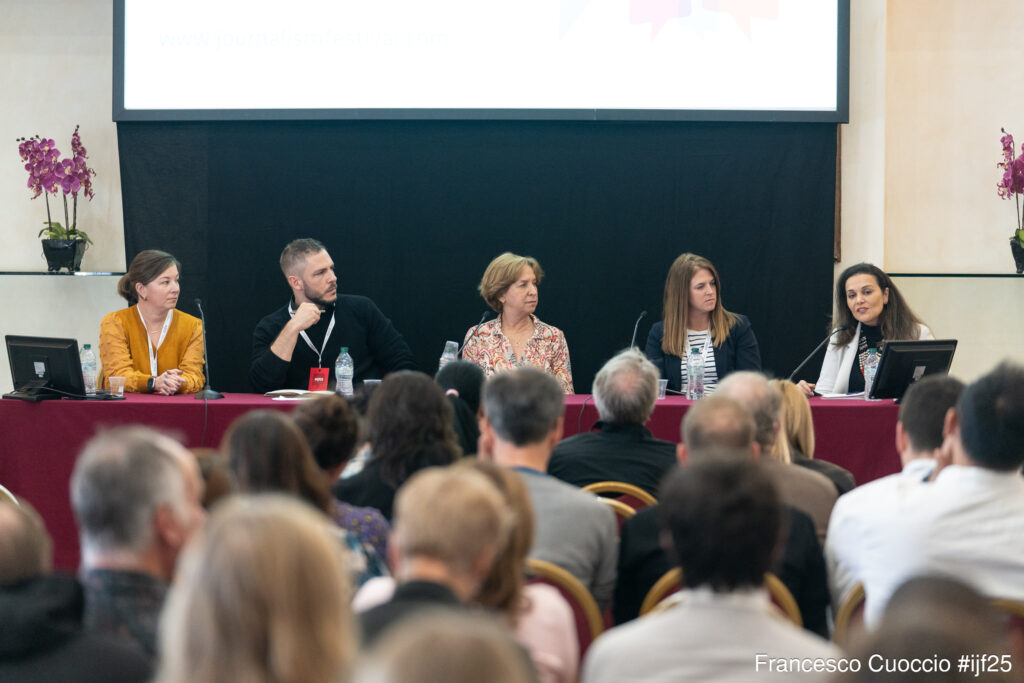
4. Diversifying revenue and collaboration are needed to address the funding void.
Unsurprisingly, the funding environment dominated conversations. Sharon Moshavi, President of the International Center for Journalists, called attention to this moment accelerating a trend that we have been seeing for years: the disappearance of money and audiences. Fundamentally, the fallout from the USAID funding cuts should not have felt sudden.
Given the huge crisis that the sector is facing, it was heartening to see both donors and independent media consistently stressing the need for community: acting together and focusing on uniting our ambitions and priorities. No one organisation is going to solve the problem, so we need to be smart about where we put our efforts. As Eliza Anyangwe, Editor-in-Chief of The Fuller Project, put it, “Journalism has been inherently competitive, but now we have to work in a radically collaborative way.”
Now is also the time for independent media to look at new angles for securing support. For instance, I was struck by the suggestion from Peter Erdelyi, Founding Director of the Center for Sustainable Media, that aligning editorial focus areas with European Commission priorities such as security may help independent media to secure the resources they need.
My key takeaway, though, was the need for and value of diversified revenue streams. This will not only help to reduce risk and strengthen resilience but also protect editorial independence.
5. Disinformation watchdogs are being discredited and dismantled.
The targeting, surveillance and undermining of fact-checking organisations and individuals was a prominent theme at this year’s festival. The fear and fury around a surge in tactics to erode the financial stability, security and credibility of fact-checkers – journalists and researchers working to verify the news published on social media platforms – was palpable.
Whilst Meta’s decision at the beginning of this year to roll back its fact-checking service in the US was a clear prompt for these discussions, we heard that this tactic to suppress truth telling for political gain has been well established in other countries. Tai Nalon, Executive Director of fact-checking organisation Aos Fatos in Brazil, recounted how her team were targeted in the run-up to the 2018 elections, accused of “censoring” news, attacked online and placed under surveillance, although they never knew to what extent, creating paranoia.
“Fact-checkers are being thrown under the bus by tech companies”, CEO and Board Chair of digital literacy non-profit Meedan Ed Bice added in the powerful discussion. “This is a political move that the largest corporations in the world, who have a monopoly on our knowledge infrastructures, are making to gain the favour of [Donald Trump] who is wielding democracy in really destructive ways.”
EU regulation – such as the Media Freedom Act – may go some way towards encouraging tech platforms to take more accountability, but there was a lack of confidence over just how it might be implemented. Yet, with the spirit of defiance that was felt throughout the festival, Director of the International Fact-Checking Network Angie Drobnic Holan powerfully reflected that “It is a moment for courage. We have a lot of assets at our disposal to fight for truth…[and] we know how to do this work, and we have a network of support. We need to draw on that network and get through a tough time.”
Looking ahead.
As we look ahead, I am encouraged by the willingness and drive for journalists, media freedom advocates, legal experts and donors to double down, unite and fight for a free media ecosystem that is so critical to democracy. If you are interested in supporting our mission to strengthen free, fair and informed societies, find out about our work to protect independent media and partnership opportunities.
More News
View All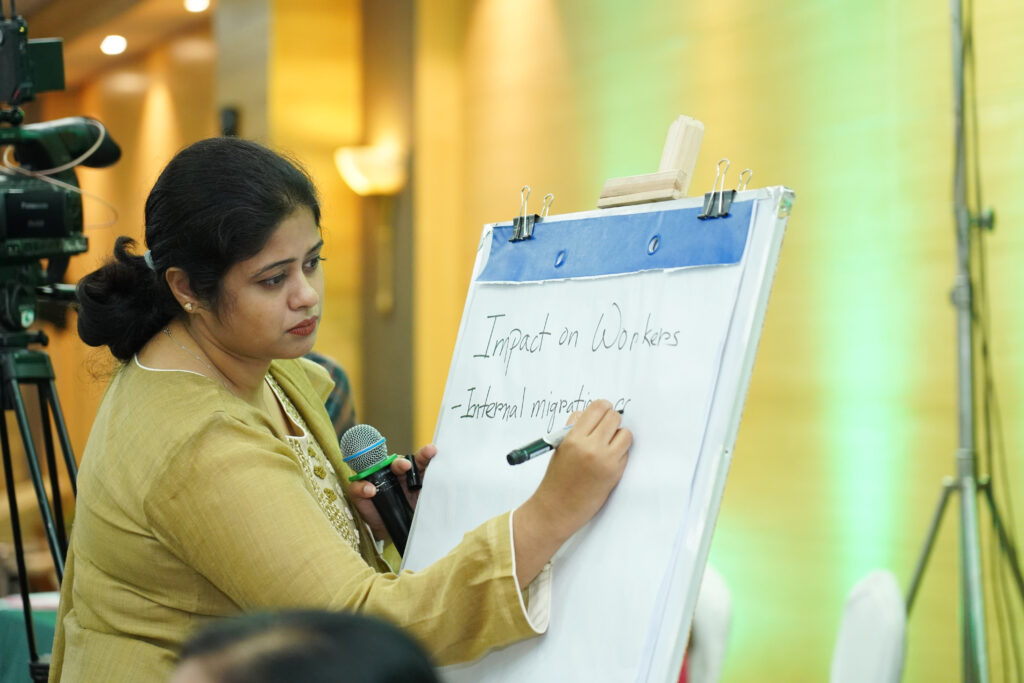
World’s largest dataset shows transparency gaps in AI adoption
The Thomson Reuters Foundation…
Read More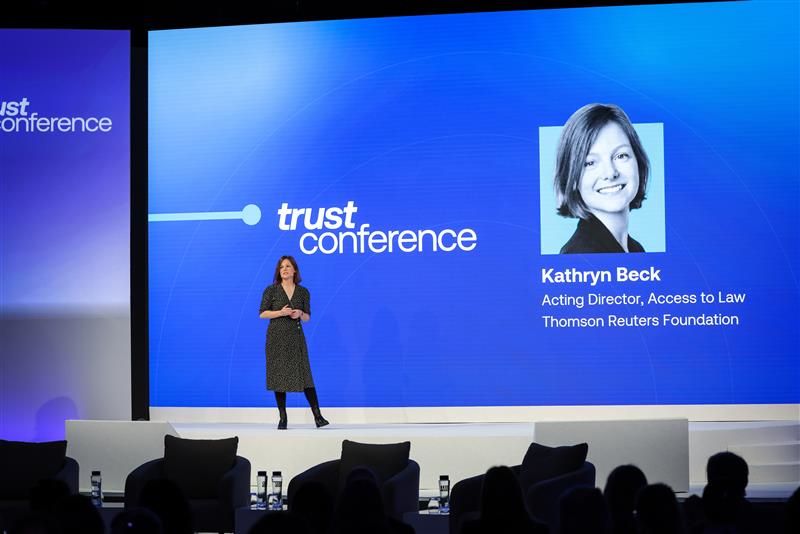
The authoritarian playbook in action: Insights from Trust Conference 2025
Learn our Acting…
Read More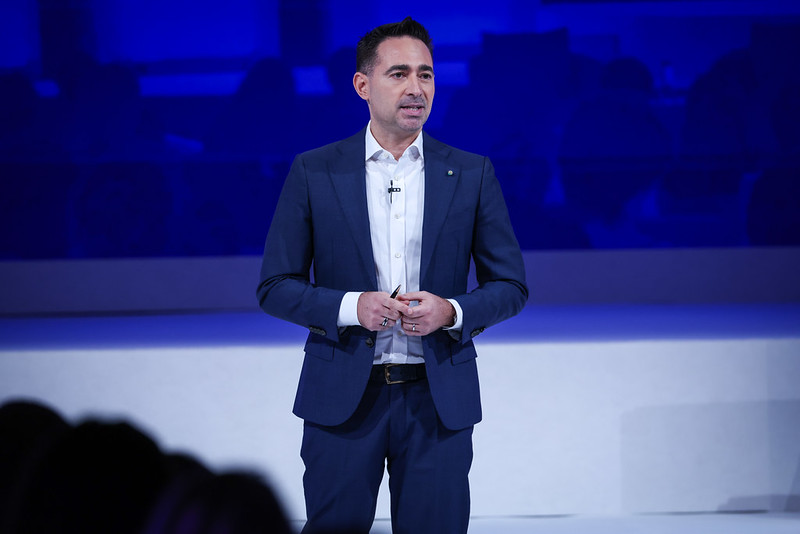
Antonio Zappulla: Technology is redefining power, information and influence. What is at stake?
View our CEO Antonio Zappulla’s opening remarks for Day Two of Trust Conference…
Read More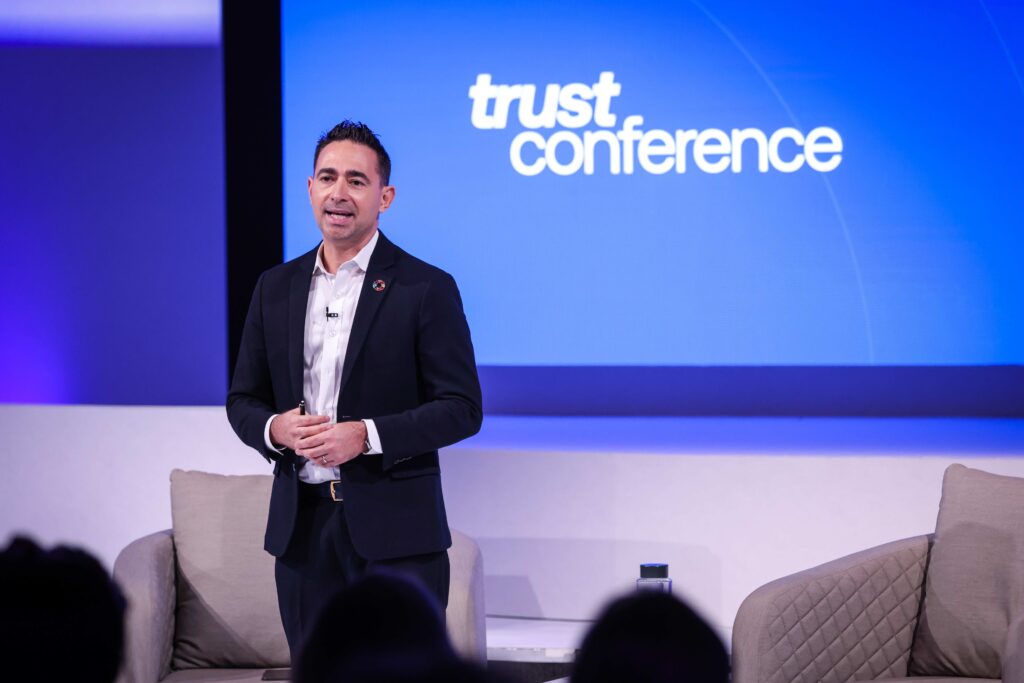
Antonio Zappulla: Three key drivers are reshaping the world and eroding democracy
View our…
Read More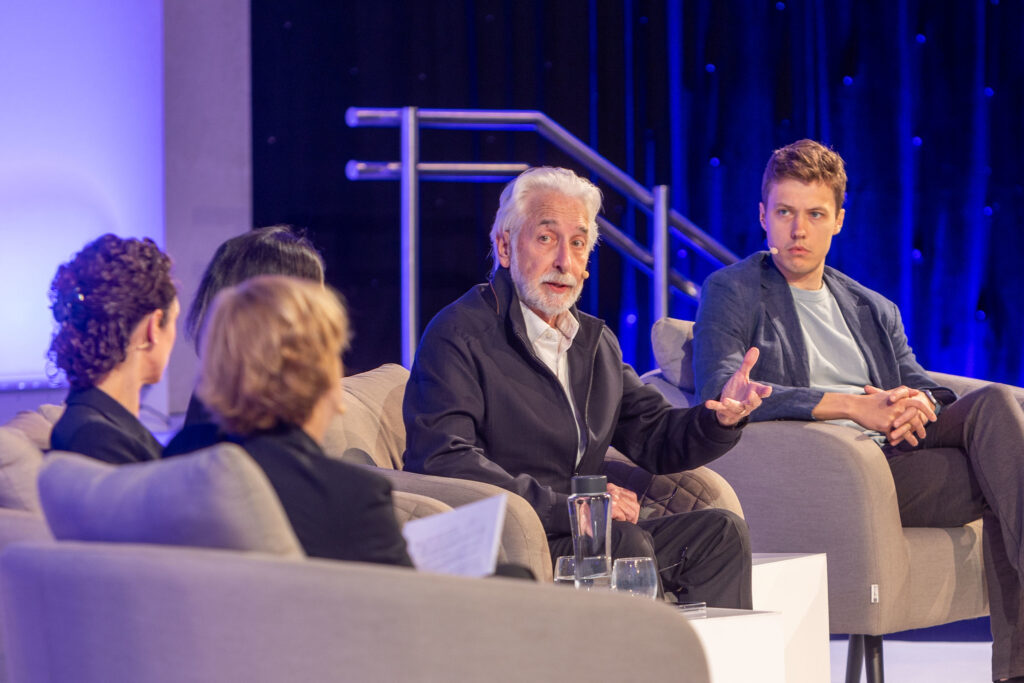
Trust Conference 2025: Disinformation, lawfare and aid cuts — Civil society’s fight for survival
Trust Conference, the annual flagship forum hosted by the Thomson Reuters Foundation,…
Read More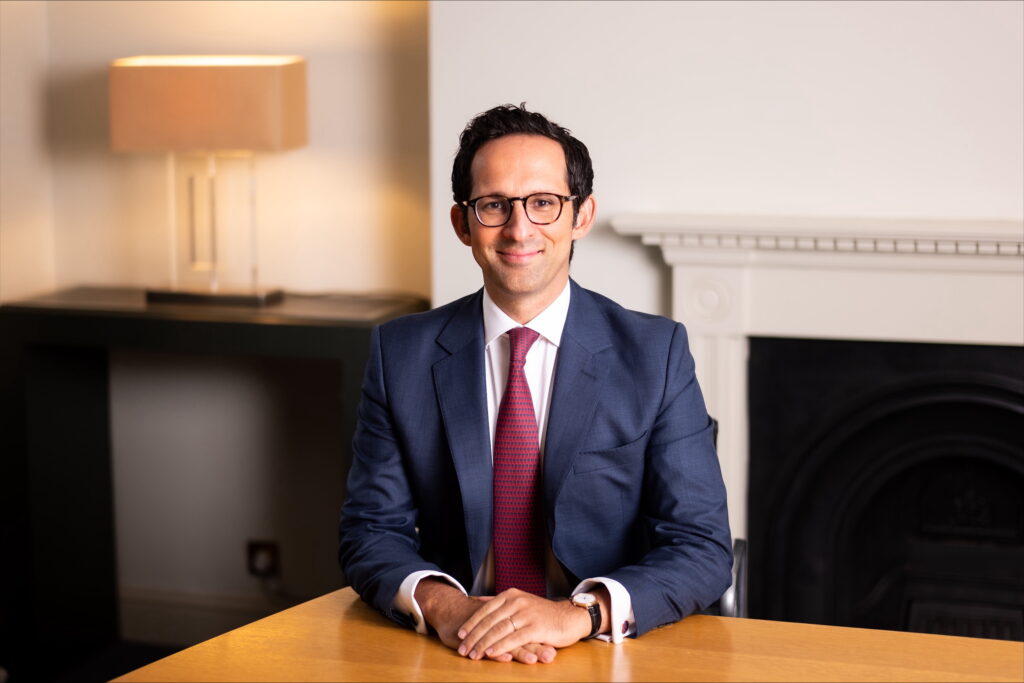
Professor Can Yeğinsu joins Thomson Reuters Foundation Board of Trustees
We are delighted to…
Read More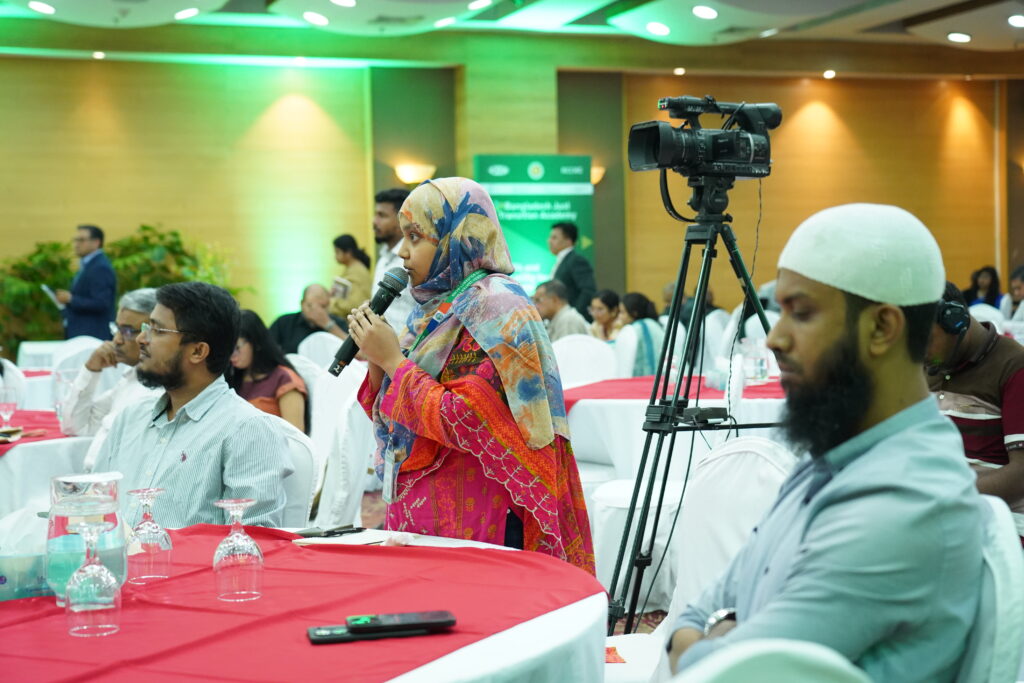
Top priorities for Just Transition in Bangladesh
In one of the world’s most climate-vulnerable countries, a just…
Read More
AI Company Data Initiative drives transparency on corporate AI adoption
Now open for company…
Read More
Winners of the 2025 TrustLaw Awards Announced
This week marks the announcement of the 2025 TrustLaw Awards winners,…
Read More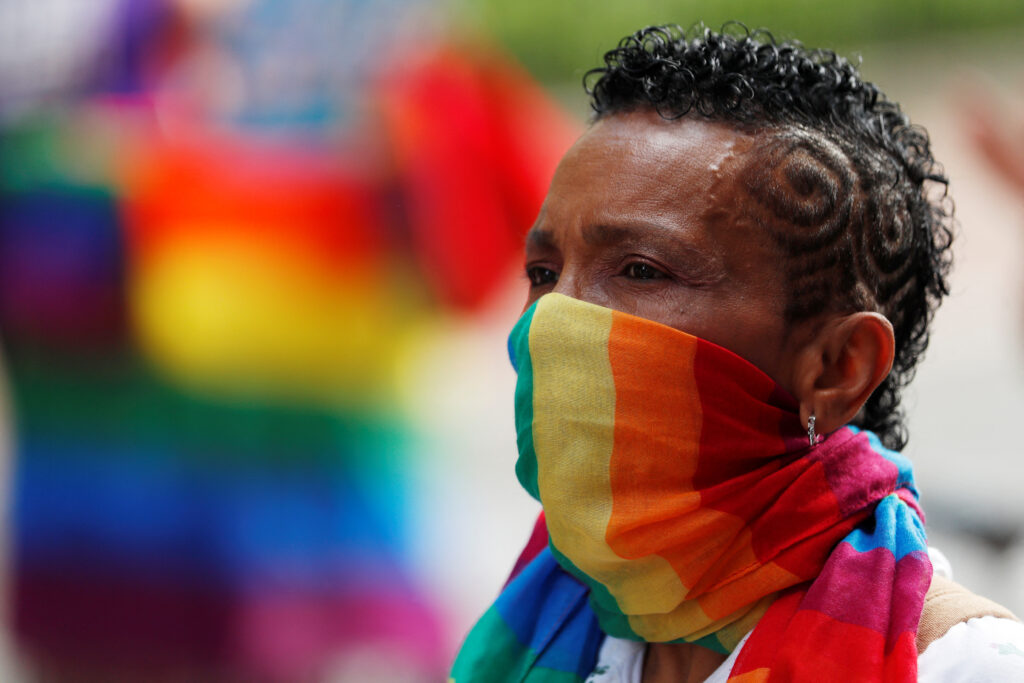
How the Foundation is supporting LGBTQ+ communities worldwide
Over the last year, the Foundation has…
Read More

